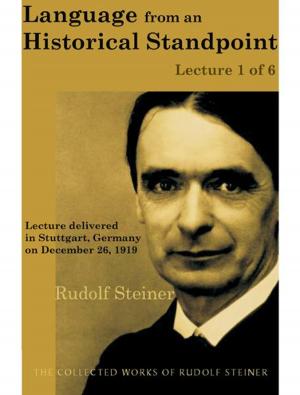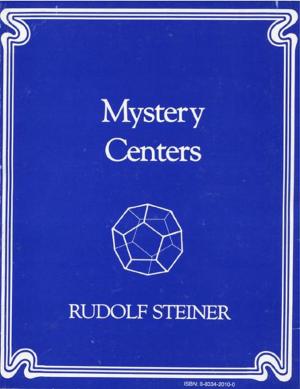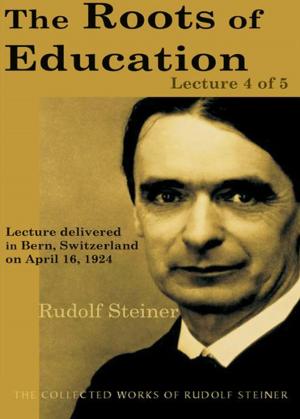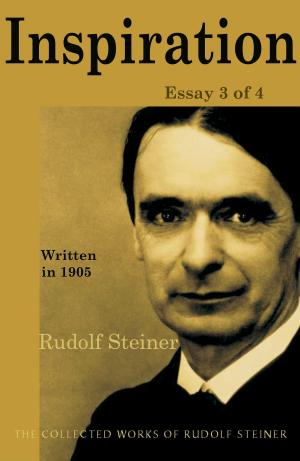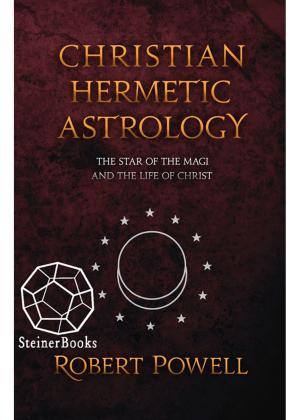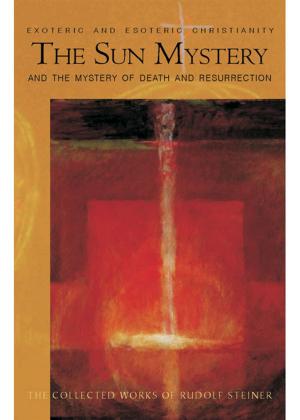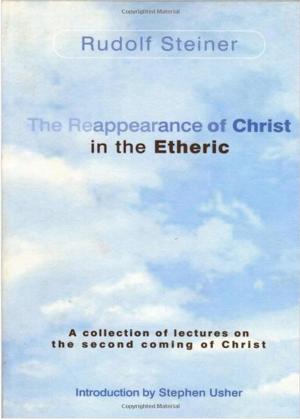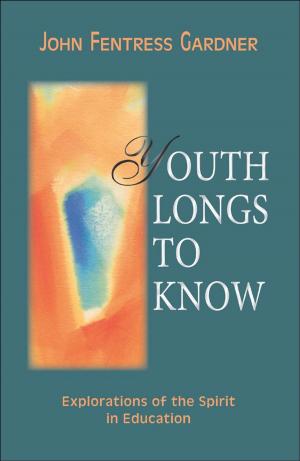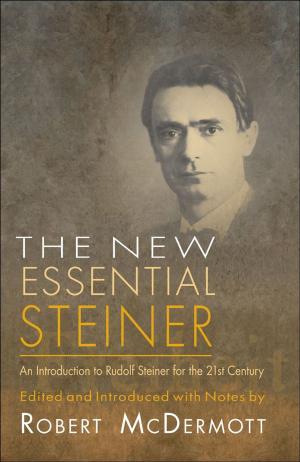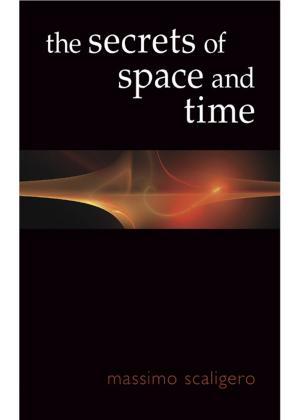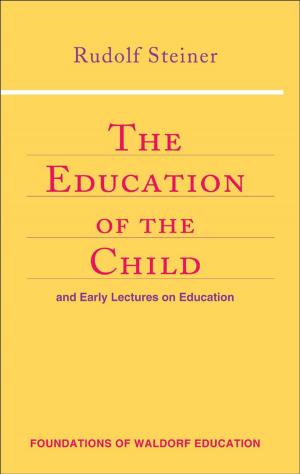| Author: | Rudolf Steiner, Christopher Bamford | ISBN: | 9780880108669 |
| Publisher: | SteinerBooks | Publication: | November 1, 2007 |
| Imprint: | SteinerBooks, Collected Works | Language: | English |
| Author: | Rudolf Steiner, Christopher Bamford |
| ISBN: | 9780880108669 |
| Publisher: | SteinerBooks |
| Publication: | November 1, 2007 |
| Imprint: | SteinerBooks, Collected Works |
| Language: | English |
Youth and the Etheric Heart describes the essence of this lecture course. Although the younger generation of Rudolf Steiner's time was not yet aware of it, the question How can we find the spirit? was the driving force of the times, leading to the youth movement. In fact, as Steiner emphasized, the spiritually active forces that produced the youth movement were manifesting as such for the first time. University students were affected as well by the struggles of the early twentieth century, but it was Steiner who brought clarity to the myriad of forms that resulted from the difficulties young people were experiencing. These were the connections of destiny that lay just beneath the surface of ordinary consciousness; those forces were struggling to take form. At the very first event in the newly built Goetheanum during the autumn of 1920, Steiner addressed the students assembled in Dornach, after which he continued his theme in Stuttgart during spring 1921. The first five lectures began in Dornach during the first course on higher education in 1920 and ended in Stuttgart the following year at the public conference, Cultural Prospects of the Anthroposophical Movement. The October lectures of the youth course took place the following year, picking up the thread from the previous talks. At Christmas 1922, Steiner announced the lecture cycle, The Moment of Emergence of Natural Science in World History and Its Subsequent Development. The invitation was issued by the association of scientific researchers at the Goetheanum and by the branch of the Anthroposophical Society. The lectures were open to every member of the Anthroposophical Society and individuals with an unbiased interest in our movement, and a number of young adults were in attendance. Steiner addressed them specifically on January 6, 1923, after the loss of the first Goetheanum. This address was entitled The Cognitive Task of Academic Youth. The high point of 1923 was Steiners establishment of the General Anthroposophical Society at the so-called Christmas Conference. Within the Independent School of Spiritual Science, Steiner created a Section for the Spiritual Striving of Youth. In a series of essays, he drafted the idea of this workplace for young adults and the goals it would attempt to realize.
Youth and the Etheric Heart describes the essence of this lecture course. Although the younger generation of Rudolf Steiner's time was not yet aware of it, the question How can we find the spirit? was the driving force of the times, leading to the youth movement. In fact, as Steiner emphasized, the spiritually active forces that produced the youth movement were manifesting as such for the first time. University students were affected as well by the struggles of the early twentieth century, but it was Steiner who brought clarity to the myriad of forms that resulted from the difficulties young people were experiencing. These were the connections of destiny that lay just beneath the surface of ordinary consciousness; those forces were struggling to take form. At the very first event in the newly built Goetheanum during the autumn of 1920, Steiner addressed the students assembled in Dornach, after which he continued his theme in Stuttgart during spring 1921. The first five lectures began in Dornach during the first course on higher education in 1920 and ended in Stuttgart the following year at the public conference, Cultural Prospects of the Anthroposophical Movement. The October lectures of the youth course took place the following year, picking up the thread from the previous talks. At Christmas 1922, Steiner announced the lecture cycle, The Moment of Emergence of Natural Science in World History and Its Subsequent Development. The invitation was issued by the association of scientific researchers at the Goetheanum and by the branch of the Anthroposophical Society. The lectures were open to every member of the Anthroposophical Society and individuals with an unbiased interest in our movement, and a number of young adults were in attendance. Steiner addressed them specifically on January 6, 1923, after the loss of the first Goetheanum. This address was entitled The Cognitive Task of Academic Youth. The high point of 1923 was Steiners establishment of the General Anthroposophical Society at the so-called Christmas Conference. Within the Independent School of Spiritual Science, Steiner created a Section for the Spiritual Striving of Youth. In a series of essays, he drafted the idea of this workplace for young adults and the goals it would attempt to realize.

